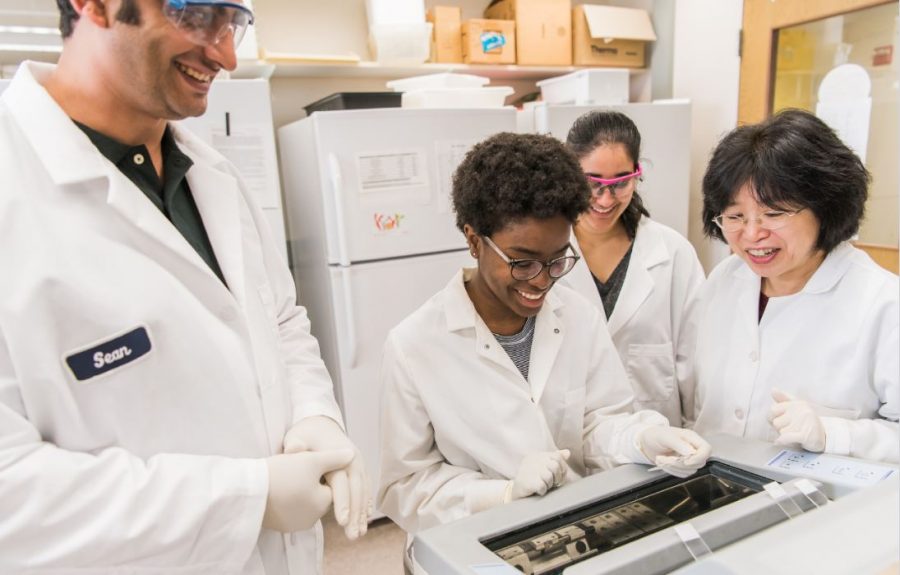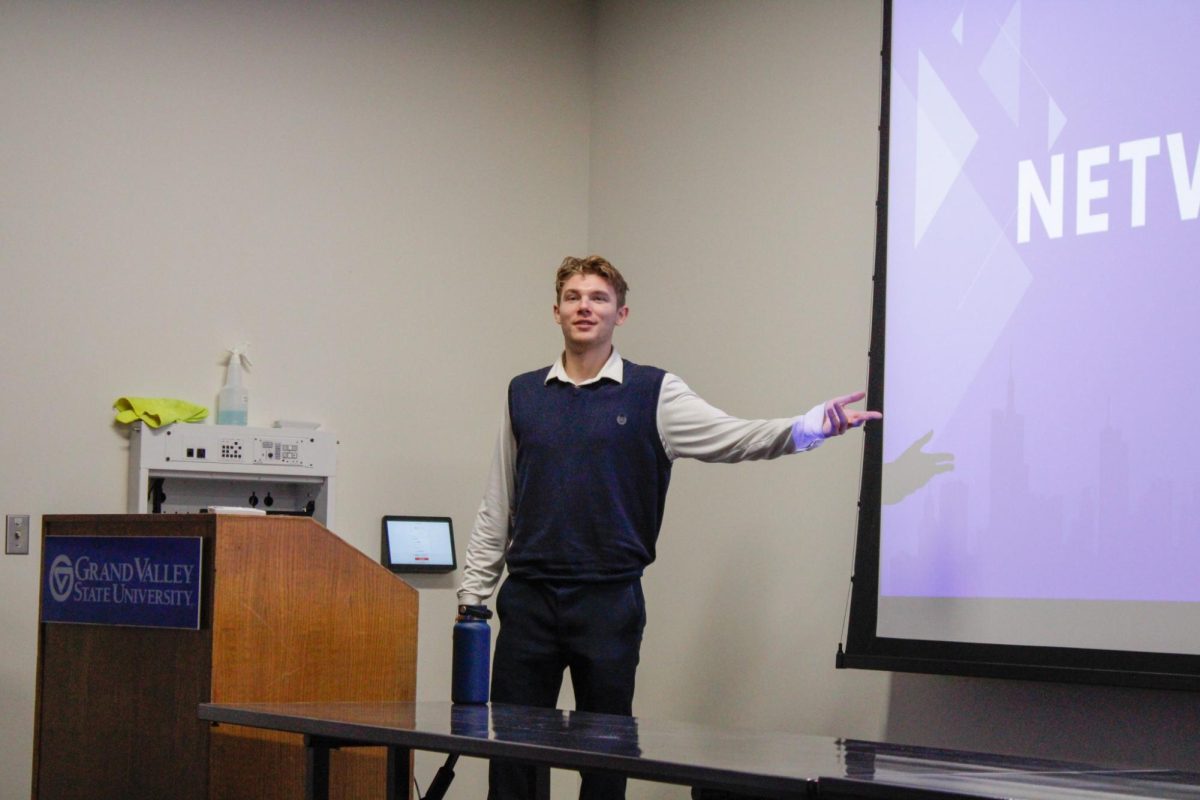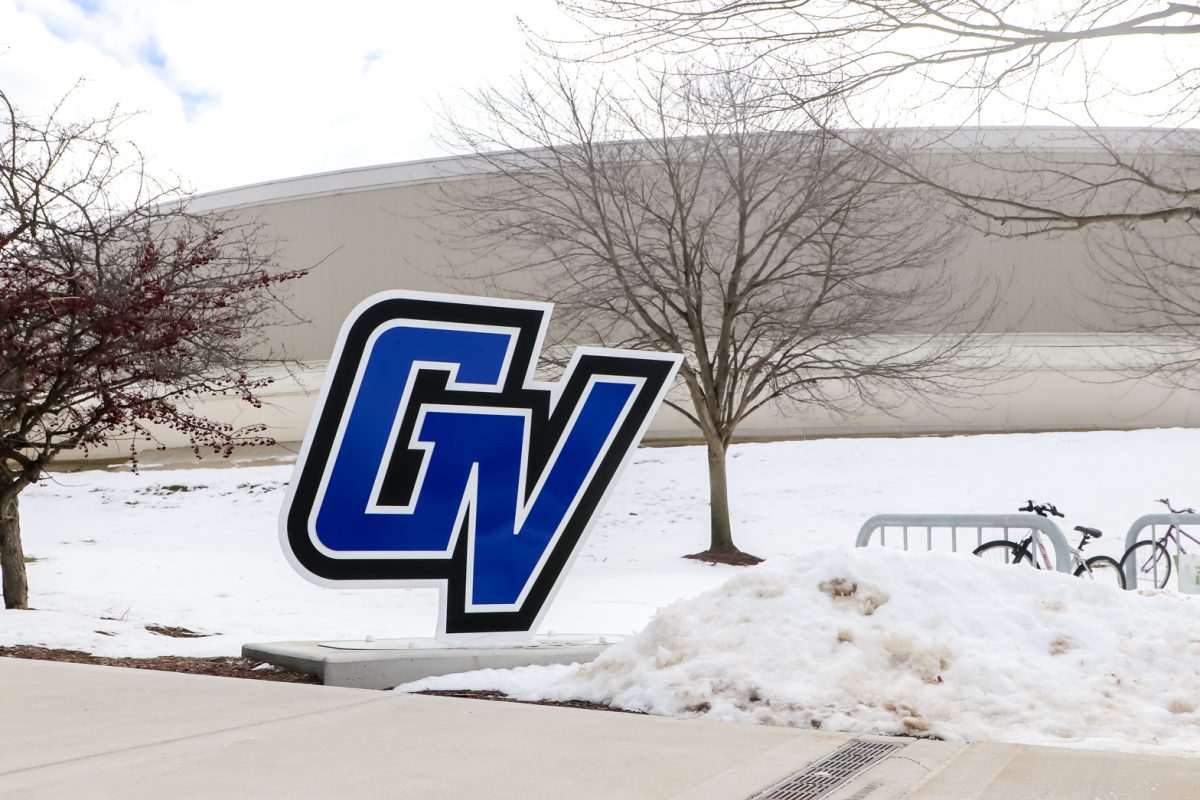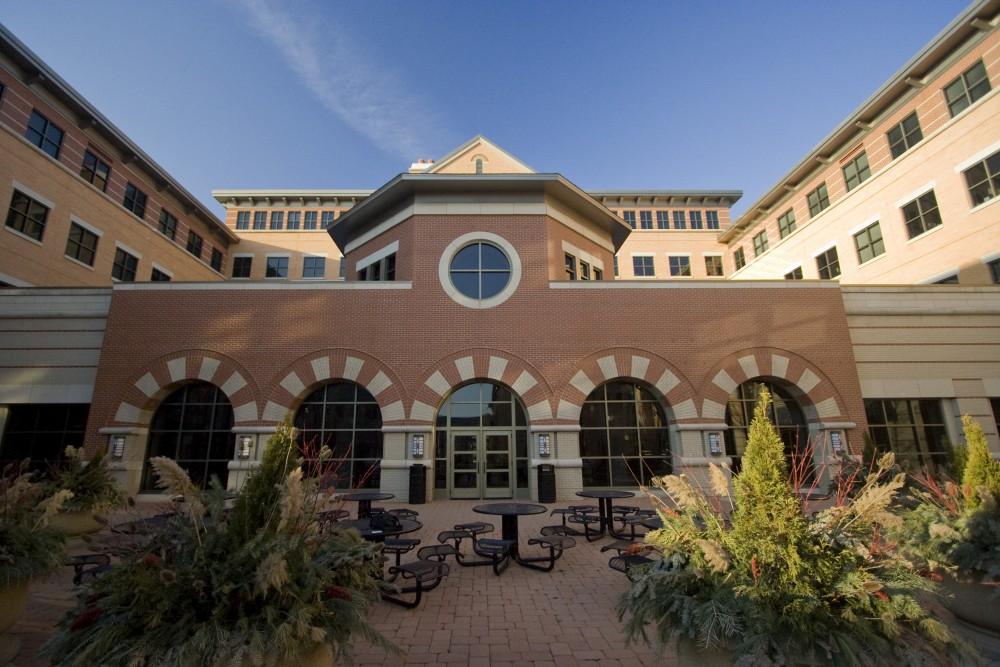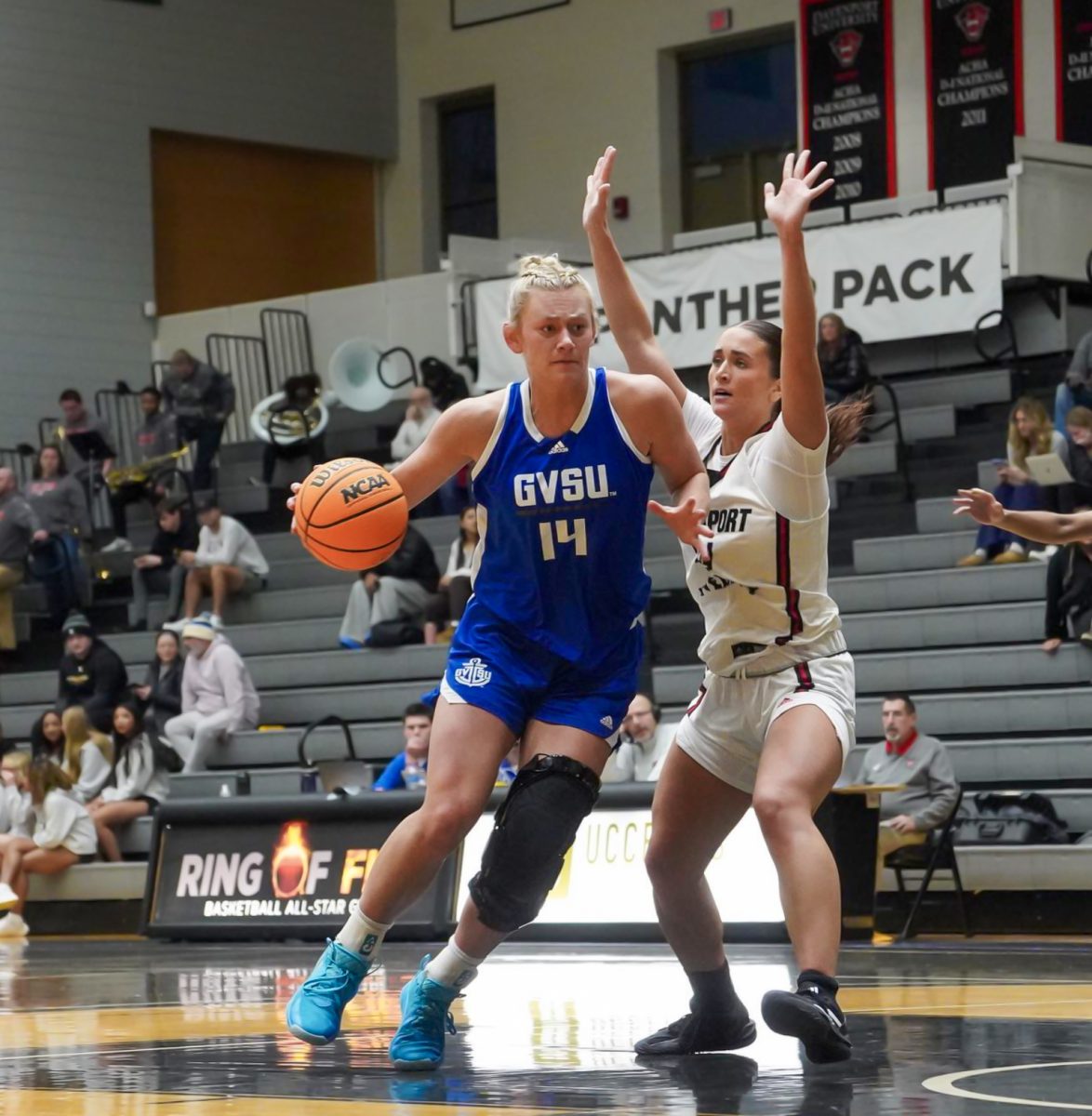GV “iChange” pursues diversity in STEM
(Courtesy / Aspire: The National Alliance for Inclusivity & Diverse STEM Faculty)
Sep 13, 2021
It’s not a secret that the United States places particular importance and prestige on the fields of STEM: Science, Technology, Engineering, and Math. The acronym is a frequent buzzword in conversations about education, politics, and economics— and for a clear reason.
According to the U.S. Bureau of Labor Statistics, the median annual wage for those employed in STEM fields is almost $90k, over double that of non-STEM occupations. Employment in STEM is also projected to experience more growth than other fields over the next decade. The question is, who exactly will get the chance to be a part of that growth?
Historically, not all students in the U.S. are given equal schooling in STEM subjects. According to 2019’s National Assessment of Educational Progress, students who were eligible for the National School Lunch Program scored 10% lower on the science test than those who weren’t. Similarly, Black students and Hispanic students scored 11% and 8% worse than White students, respectively. In higher education, women also face challenges.
In 2019, the Society of Women Engineers reported that over 32% of women pursuing STEM degrees switch out of those fields before graduating, and of those who stay, only 30% of women who earn a bachelor’s degree in engineering are still working in the field 20 years later. “Organizational climate” is an oft-reported reason for this exodus.
The Aspire: National Alliance for Inclusive & Diverse STEM Faculty is looking to tackle this issue on a number of fronts (institutionally, regionally and nationally), driving towards their end goal of helping more underrepresented groups succeed in STEM fields through inclusive teaching practices and diverse faculties.
“If we want to diversify STEM writ large, then if you don’t have a diverse faculty who are teaching in these disciplines, then you have less of a likelihood of attracting a diversified student body,” said Dr. Christine Rener, Grand Valley State University’s Vice Provost for Instructional Development and Director of the Faculty Teaching and Learning Center. “Really, the ultimate goal is making sure we have an inclusive and equitable STEM in general.”
Aspire’s programs have been funded by the National Science Foundation, who awarded the coalition a five-year $10 million grant. Among these programs is the Aspire Institutional Change Initiative (or “iChange”), a three-year program where participating institutions identify areas of potential growth, compose a data-informed action plan and set forward its multi-year implementation. Grand Valley is part of iChange’s second cohort of institutions.
“These are competitive national grants,” said Dr. Jennifer Drake, Dean of the College of Liberal Arts and Sciences. “Many, many institutions apply and are rejected. I was very excited when we applied and were invited to join.”
At GVSU, everything that the NSF classifies as “STEM” falls under the umbrella of either CLAS or the Padnos College of Engineering and Computing. Grand Valley’s iChange Team is currently wrapping up the first stage of the program, data collection, and starting the process of moving on to the next.
“We get support from our national partners all along the way of the three year project,” Rener said. “Even where we are right now, in the action planning phase, there are documents that describe the best way to go about that planning, there are models from other institutions, we have regular meetings with our cohort of 19 institutions and the leadership of the iChange network. They’ve provided us with research-based methods of making sure that what we do sticks, and we’re not just implementing a short-term solution.”
One major aspect of their action plan will be to streamline faculty hiring and retention practices to place more explicit value on qualifications like community outreach.
“With retaining faculty, you have to have a reasonable workload, or you lose them,” said Dr. Paul Plotkowski, Dean of Padnos College. “A faculty member always has three major parts of their job. The first one at Grand Valley is teaching, the second one is scholarship, and the third one is service. That might be service to your department, to the university, to the community.”
At most universities, the highest valued contribution is scholarship and research, with a faculty member’s performance often being judged by their number of publications and the amount of grant money they bring in. At GVSU, while it’s important for faculty to stay current in their field, special attention is paid to how that impacts their teaching.
“On the service side, it is very common for the underrepresented populations to be asked to do a lot more service,” Plotkowski said. “If you’re one of the few women in the department, and we’re trying to recruit more women, guess who’s going to be asked to lead that function? When we get calls from the community to help Grand Rapids Public Schools, who do you look to? Well, those students are disproportionately Black and Hispanic. So those faculty get asked. It’s very easy for, in addition to their teaching load and scholarship load, to have a lot more service load than their colleagues.”
Community outreach is, of course, important work. Much of the iChange initiative itself is trying to foster this kind of encouragement, and many faculty are passionate about their service work.
“If you’re asking them to do more of that, then you either need to be asking less of them elsewhere, or rewarding them for it, or both,” Plotkowski said. “That type of work needs to be recognized and appreciated when they come up for their salary reviews, their contract and tenure reviews. There are an awful lot of places where that’s not the case. We need to change not only the culture, but the policy, to recognize that all of these are important contributions for a faculty member to make.”
Those interested in learning more about the iChange initiative or the other programs spearheaded by Aspire can find further information on their page of the Association of Public and Land-Grant Universities website.




